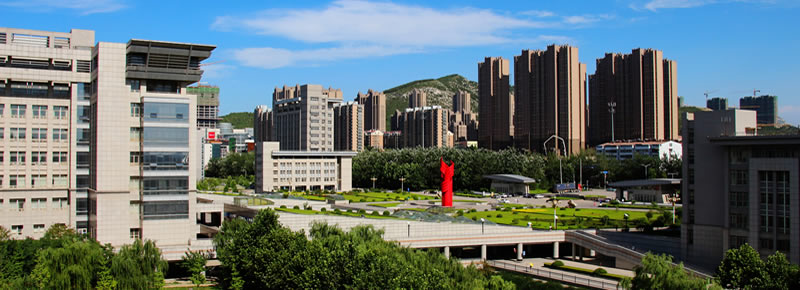Location
University of Leeds
Keywords
ASR, chemical reaction, Aggregate, Glass, C/S, pH
Abstract
Alkali silica reaction (ASR) is one of the most important factors of deterioration of Concrete. However, there are a lot of unknown points about ASR such as mechanism of ASR and pessimum effect. We investigate to the mechanism of Alkali silica chemical reaction by using two different aggregates, early type expanded aggregate and delayed type expanded aggregate. Experiments were used to investigate ASR by reaction between reactive silica and alkali ions with or without calcium ions. Two phases of reacted samples (liquid and solid) are presented. In the absence of calcium hydroxide (CH), reactive materials with specified sizes (Yorochert, and Pyrex glass) were mixed with sodium hydroxide (1M-NaOH) and kept at temperatures of 70°C. After specified reaction times, liquid samples with or without CH were withdrawn, filtrated, and provided for an ICPAES analysis to investigate the concentration of silica. After the filtration, insoluble product mixed with CH at 70 °C was used to investigate the chemical components and structure using XRD, 29Si-NMR and SEM/EDX. NMR and ICP results show that degree of dissolved SiO2 from Yo+CH samples is higher than that of PG+CH after 5 days of reaction, but the results are in opposite for the case of without CH. Further, the amount of Q3 sites, which contributes to expansion, in the ASR products of Yo+CH is lower than that of Pyrex glass, indicating that expansion from ASR cannot be explained by only the reaction degree of aggregates. However, the pH changes in the solution is related to Q3 sites suggesting that pH around the aggregates significantly affects the expansion.
Comparison of alkali-silica chemical reaction of reactive glass and chert aggregate
University of Leeds
Alkali silica reaction (ASR) is one of the most important factors of deterioration of Concrete. However, there are a lot of unknown points about ASR such as mechanism of ASR and pessimum effect. We investigate to the mechanism of Alkali silica chemical reaction by using two different aggregates, early type expanded aggregate and delayed type expanded aggregate. Experiments were used to investigate ASR by reaction between reactive silica and alkali ions with or without calcium ions. Two phases of reacted samples (liquid and solid) are presented. In the absence of calcium hydroxide (CH), reactive materials with specified sizes (Yorochert, and Pyrex glass) were mixed with sodium hydroxide (1M-NaOH) and kept at temperatures of 70°C. After specified reaction times, liquid samples with or without CH were withdrawn, filtrated, and provided for an ICPAES analysis to investigate the concentration of silica. After the filtration, insoluble product mixed with CH at 70 °C was used to investigate the chemical components and structure using XRD, 29Si-NMR and SEM/EDX. NMR and ICP results show that degree of dissolved SiO2 from Yo+CH samples is higher than that of PG+CH after 5 days of reaction, but the results are in opposite for the case of without CH. Further, the amount of Q3 sites, which contributes to expansion, in the ASR products of Yo+CH is lower than that of Pyrex glass, indicating that expansion from ASR cannot be explained by only the reaction degree of aggregates. However, the pH changes in the solution is related to Q3 sites suggesting that pH around the aggregates significantly affects the expansion.






